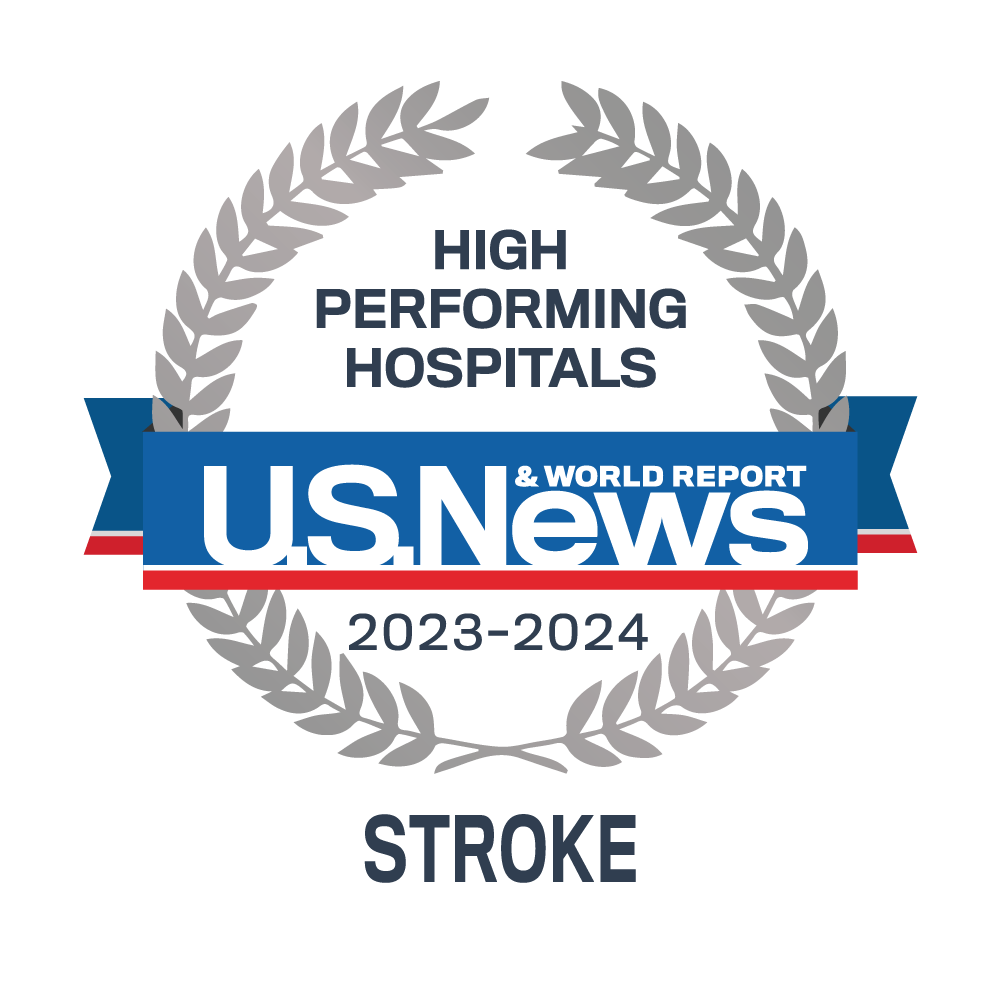
Our community emergency rooms throughout Greater Houston
Our hospital-based freestanding ERs throughout the Greater Houston area provide a more streamlined process for hospital admissions, if needed, than non-hospital affiliated clinics and urgent care centers. If needed, we refer and transport patients to the nearest St. Luke’s Health hospital for direct admittance, providing the resources of a larger facility at a convenient location.
Find a hospital-based community emergency room near you:
What services are provided at an emergency center?
Emergency rooms provide a wide range of services to address various medical emergencies. Some common services include:
- Medical evaluation: Assessing and diagnosing patients' medical conditions.
- Treatment: Providing immediate medical treatment for injuries, illnesses, and emergencies.
- Trauma care: Managing severe injuries and trauma cases, including stabilizing patients and performing emergency surgeries if necessary.
- Diagnostic tests: Conducting diagnostic tests such as X-rays, CT scans, and blood tests to aid in diagnosis.
- Medication administration: Administering medications, intravenous fluids, and other necessary treatments.
- Monitoring: Monitoring patients' vital signs and overall condition closely to ensure stability.
- Emergency obstetrics: Providing emergency care for pregnant women experiencing complications or in labor.
- Psychiatric evaluation: Assessing and providing initial treatment for mental health emergencies.
- Referrals: Arranging referrals to specialists or admission to the hospital for further treatment if needed.
- Counseling and education: Offering counseling and education to patients and their families regarding their medical condition, treatment options, and follow-up care.
When to go to an emergency room versus an urgent care clinic
Urgent care centers and emergency rooms serve distinct roles in the healthcare system. Urgent care centers are designed to address non-life-threatening medical issues promptly, offering extended hours, affordable services, and shorter wait times for conditions such as minor injuries, infections, and flu symptoms. They are staffed by medical professionals capable of providing immediate care for common ailments outside of regular physician hours. On the other hand, emergency rooms are equipped to handle critical and life-threatening emergencies 24/7, offering comprehensive medical services, advanced diagnostic testing, and specialized care for severe conditions like heart attacks, strokes, and major trauma. Emergency rooms prioritize patients based on the severity of their condition and provide intensive, around-the-clock care by a multidisciplinary team of healthcare professionals.
What safety protocols are in place at an emergency room?
Emergency rooms implement various safety protocols to ensure the well-being of patients, staff, and visitors. Some common safety protocols include:
- Infection control measures: Regular cleaning and disinfection of surfaces, equipment, and patient care areas to prevent the spread of infections.
- Hand hygiene practices: Encouraging proper hand hygiene among staff, patients, and visitors through handwashing and the use of hand sanitizers.
- Personal Protective Equipment (PPE): Providing and enforcing the use of PPE such as gloves, masks, gowns, and eye protection to prevent exposure to infectious agents.
- Isolation precautions: Implementing isolation protocols for patients with contagious conditions to minimize the risk of transmission to others.
- Patient identification and verification: Using strict protocols to correctly identify patients and verify their identity to prevent medication errors and ensure accurate treatment.
- Emergency preparedness plans: Developing and practicing emergency response plans for various scenarios, including natural disasters, mass casualty incidents, and infectious disease outbreaks.
- Medication safety practices: Implementing procedures for safe medication administration, including double-checking medication orders, labeling medications correctly, and monitoring for adverse drug reactions.
These safety protocols are crucial for ensuring the delivery of high-quality, safe care in the emergency room setting.
Notice Pursuant to Texas Health and Safety Code Section 241.252
(1) This facility is licensed by the State of Texas as a freestanding emergency medical care facility
(2) This facility charges rates comparable to a hospital emergency room and may charge a facility fee;
(3) This facility or the doctor providing medical care at this facility may not be a participating provider in the patient’s health benefit plan provider network; and
(4) The doctor providing medical care at this facility may bill separately from the facility for the medical care provided to the patient.
Find a Doctor
Looking for a doctor? Perform a quick search by name or browse by specialty.


